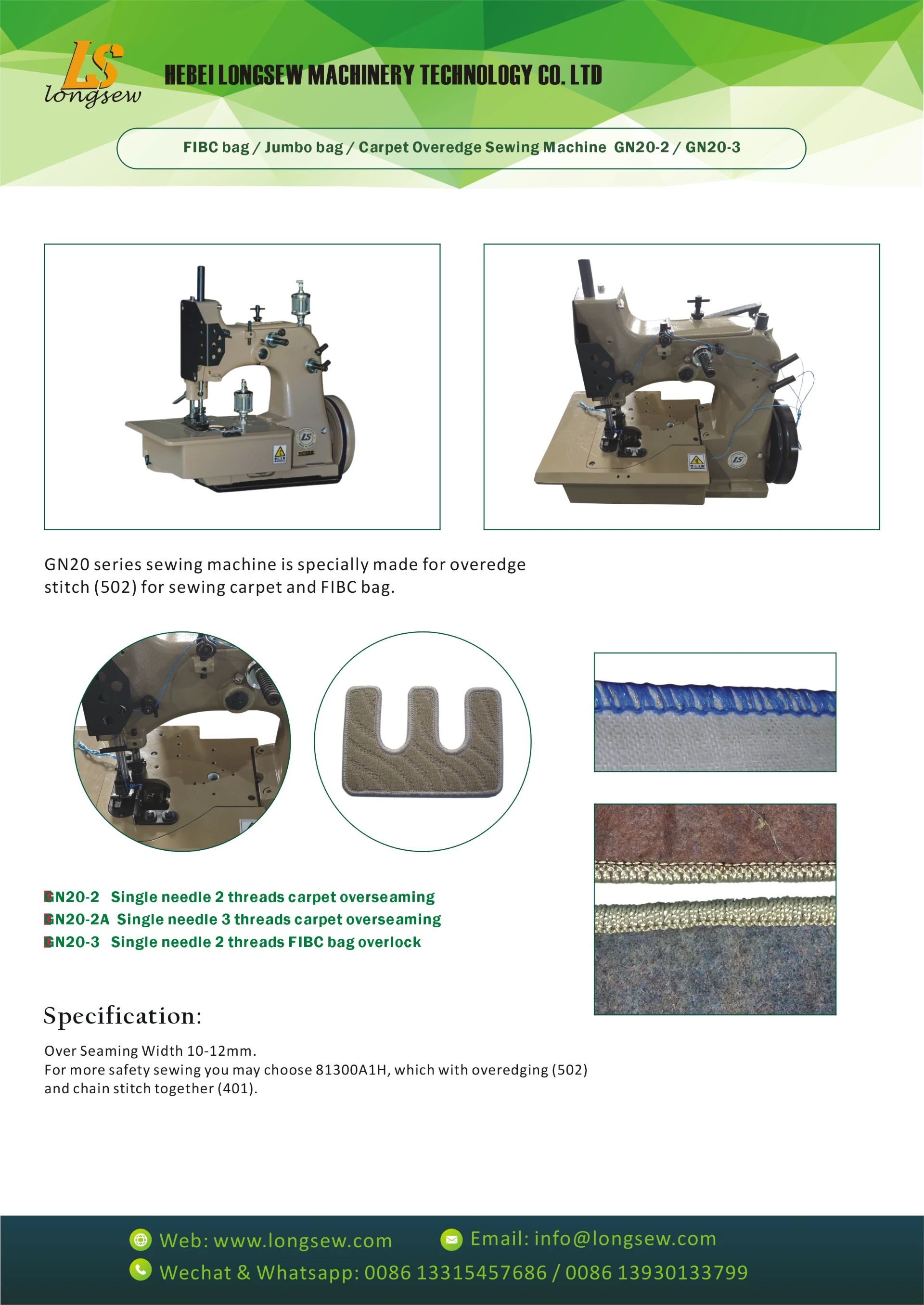Foot Pedal Techniques for Mastering Sewing Machine Control and Precision
The Importance of the Foot Pedal on a Sewing Machine
The foot pedal of a sewing machine is often an overlooked component, yet it plays a crucial role in the sewing process. This unassuming device is more than just a simple accessory; it serves as the lifeblood of the sewing experience, enabling sewists to maintain control, rhythm, and efficiency in their work. Understanding the significance of the foot pedal can enhance one’s sewing skills and ultimately lead to more enjoyable and productive crafting sessions.
The Importance of the Foot Pedal on a Sewing Machine
Moreover, the foot pedal fosters a natural rhythm. Sewing is an art that combines both creativity and technique. Establishing a consistent tempo is vital for achieving desired outcomes, especially when working on larger projects. The foot pedal allows for seamless acceleration and deceleration, mirroring the rhythm of the sewist's thought process and movements. This harmony between the user and the machine can result in a more fluid and enjoyable sewing experience, with fewer interruptions caused by manual adjustments to the machine's speed.
foot on a sewing machine

Additionally, using a foot pedal frees up a sewist’s hands. This dual-functionality is particularly beneficial when multitasking, as it allows for easier handling of fabric. While one foot controls the machine’s operation, hands are free to maneuver fabric, pin pieces together, or even rearrange materials as needed. This efficiency not only increases productivity but also enhances safety, as hands can remain a safe distance from the needle while still maintaining control over the sewing process.
Learning to effectively use the foot pedal is essential for skill development in sewing. Beginners may initially struggle with controlling the speed, leading to uneven stitching or unintended mistakes. However, with practice, users can master their foot's subtle movements, gaining confidence and speed. As they become more adept, they learn to anticipate the machine’s feedback, allowing for instinctive adjustments that improve their overall technique. This growth becomes not just a technical skill but also a source of personal satisfaction, as each successful project builds confidence and encourages further exploration of the craft.
The foot pedal also has implications for designing one’s work space. For many sewists, creating an ergonomic environment enhances comfort and efficiency. Ensuring the foot pedal is positioned for easy access, alongside other necessary tools, can streamline the sewing process. Moreover, some modern machines offer features such as programmable foot pedals, enabling users to customize settings for specific tasks, thereby pushing the boundaries of traditional sewing.
In conclusion, the foot pedal of a sewing machine is a key element that significantly influences the sewing experience. By offering speed control, promoting a natural rhythm, allowing for multitasking, and facilitating skill development, the foot pedal enhances both efficiency and enjoyment in sewing projects. As sewists continue to embrace this essential tool, they unlock the potential for creativity and craftsmanship, making their sewing journeys all the more fulfilling. Embracing the full capabilities of the foot pedal can lead to transformative experiences in the world of sewing.
-
Industrial Cylinder Arm Sewing Machine: Revolutionizing Heavy-Duty SewingNewsJul.28,2025
-
Cylinder Arm Sewing Machine: Perfect for Special Sewing ApplicationsNewsJul.28,2025
-
Cylinder Bed Sewing Machine: Essential for Sewing Complex MaterialsNewsJul.28,2025
-
Heavy Duty Sewing Machine: The Essential Tool for Industrial ApplicationsNewsJul.28,2025
-
Computerized Pattern Sewing Machine: Revolutionizing Precision StitchingNewsJul.28,2025
-
Heavy Duty Industrial Sewing Machine: Power Meets PrecisionNewsJul.28,2025
-
Leather Sewing Machine: The Industrial Standard for Tough MaterialsNewsJul.18,2025





























